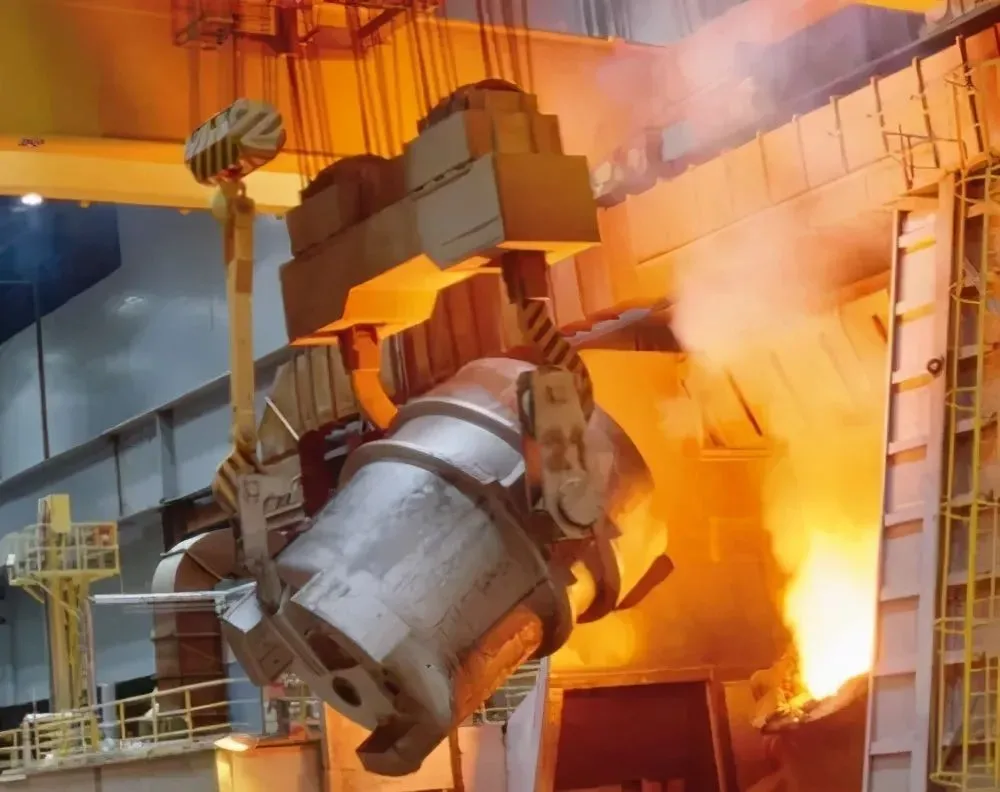Mobile:+86-311-808-126-83
Email:info@ydcastings.com
A Beginner's Guide to Metal Casting Techniques and Best Practices
A Beginner's Guide to Metal Casting
Metal casting is a fascinating and ancient process that transforms molten metal into solid objects with desirable shapes and properties. While the idea of pouring hot molten metal may seem intimidating, it is a rewarding craft that beginners can explore with some basic knowledge and preparation. This article serves as a guide for those venturing into the world of metal casting.
Understanding Metal Casting
At its core, metal casting involves heating metal until it becomes liquid, then pouring it into a mold where it cools and solidifies. This method allows for the creation of complex shapes and is used in various industries, from automotive to art. The three primary types of metal casting methods include sand casting, investment casting, and die casting. Each method has its own advantages and applications.
1. Sand Casting This is the most common casting method, especially for beginners. It involves creating a mold from sand mixed with a binder to hold the shape. The process is relatively simple and cost-effective, making it ideal for small-scale projects. 2. Investment Casting Often used for precision components, this method involves creating a wax pattern coated with ceramic material. Once the ceramic hardens, the wax is melted away, leaving a mold for casting. This technique is excellent for producing intricate designs but can be more complicated than sand casting.
3. Die Casting This method involves forcing molten metal into a reusable metal mold under high pressure. Die casting is suitable for high-volume production of small, uniform parts and can provide excellent surface finish and dimensional accuracy.
Safety First
Before diving into metal casting, safety is paramount. Working with molten metal can be dangerous if proper precautions aren't taken. Here are some essential safety tips
- Protective Gear Always wear appropriate safety gear, including gloves, goggles, and a face shield. Flame-resistant clothing is also advisable. - Work Area Ensure your workspace is well-ventilated and free of flammable materials. Keep a fire extinguisher nearby. - Handling Molten Metal Use proper equipment for pouring metal, such as a crucible and tongs. Never leave molten metal unattended.
Getting Started
For beginners, sand casting is the most accessible method
. Here’s a simplified overview of the steps involvedmetal casting for beginners

1. Design Your Object Start with a simple design. Consider the dimensions and how the piece will fit into the mold.
2. Create the Pattern Your pattern can be made from wood, plastic, or metal. It should be slightly larger than the final piece to accommodate for shrinkage during cooling.
3. Make the Mold Compact sand around the pattern to create the mold. Ensure that the sand is tightly packed to avoid collapsing when the metal is poured. Create a pouring gate and vents for air to escape.
4. Melt the Metal Use a furnace or a propane torch to melt the metal. Different metals have varying melting points, so be aware of the specific requirements for your chosen material, whether it’s aluminum, brass, or iron.
5. Pour the Metal Carefully pour the molten metal into the prepared mold, ensuring it fills all cavities. This process requires steady hands and concentration.
6. Cool and Remove the Casting Allow the metal to cool completely, which may take minutes to hours depending on the size of your piece. Once cooled, break away the sand to reveal your casting.
7. Finishing Touches Depending on your desired finish, you may need to sand, grind, or polish the casting to achieve the final look.
Exploring Further
Once you’ve mastered the basics of sand casting, consider expanding your skills to other methods like investment or die casting. There are numerous online resources, books, and local workshops that offer further education in metal casting techniques and designs.
Conclusion
Metal casting for beginners is not just a practical skill; it's an enriching hobby that fosters creativity and craftsmanship. With safety precautions in place, a willingness to learn, and practice, anyone can create beautiful and functional metal pieces. So gather your tools, ignite your passion for creation, and start your metal casting journey today!
-
Why Should You Invest in Superior Pump Castings for Your Equipment?NewsJun.09,2025
-
Unlock Performance Potential with Stainless Impellers and Aluminum End CapsNewsJun.09,2025
-
Revolutionize Your Machinery with Superior Cast Iron and Aluminum ComponentsNewsJun.09,2025
-
Revolutionize Fluid Dynamics with Premium Pump ComponentsNewsJun.09,2025
-
Optimizing Industrial Systems with Essential Valve ComponentsNewsJun.09,2025
-
Elevate Grid Efficiency with High-Precision Power CastingsNewsJun.09,2025











